Vintage illustrations from the book Norske Malebøker by Einar Økland, which features his extensive collection of Norwegian coloring books and cut & paste books
With big thanks to Are Mokkelbost (b-o-r-g.org)
![]() Hans Hauger, 1940s
Are Mokkelbost—whose incredible work I featured in 2009—tells me Norske Malebøker was designed by Yokoland (website / facebook), "an interesting group of designers/artists with many fine book releases." It was published in 2012 by Samlaget.
The illustrations here date from about 1920 to 1945.
Hans Hauger, 1940s
Are Mokkelbost—whose incredible work I featured in 2009—tells me Norske Malebøker was designed by Yokoland (website / facebook), "an interesting group of designers/artists with many fine book releases." It was published in 2012 by Samlaget.
The illustrations here date from about 1920 to 1945.![]() Hans Hauger, 1940s
Hans Hauger, 1940s![]() Paul Lillo-Stenberg, 1940s
Paul Lillo-Stenberg, 1940s![]() Paul Lillo-Stenberg, 1940s
Paul Lillo-Stenberg, 1940s![]() Marie Walle and Eyvin Ovrum, 1921
Marie Walle and Eyvin Ovrum, 1921![]() Marie Walle and Eyvin Ovrum, 1921
Marie Walle and Eyvin Ovrum, 1921![]() A. Tyrihjell, 1930s
A. Tyrihjell, 1930s![]() Inga Havig-Gjelseth, 1940s
Inga Havig-Gjelseth, 1940s![]() Inga Havig-Gjelseth, 1940s
Inga Havig-Gjelseth, 1940s![]() Arne Johnson, around 1940
Arne Johnson, around 1940![]() Arne Johnson, around 1940
Arne Johnson, around 1940![]()
![]() Johs. Berggren, ca. 1940
Johs. Berggren, ca. 1940![]() Elbjørg Øien Moum, 1930s
Elbjørg Øien Moum, 1930s
![]() Elbjørg Øien Moum, 1930s
Elbjørg Øien Moum, 1930s
![]() Elbjørg Øien Moum, 1930s
Elbjørg Øien Moum, 1930s
![]() Augusta Sand, 1911
Augusta Sand, 1911![]() Eyvin Ovrum, 1937
Eyvin Ovrum, 1937![]() Eyvin Ovrum, 1938
Eyvin Ovrum, 1938![]() Thorbjørn Egner, 1940
Thorbjørn Egner, 1940
![]() Olaf Reither, 1940s
Olaf Reither, 1940s![]() ?
?![]() Jens Jensen
Jens Jensen![]() Hans Hauger, 1940s
Hans Hauger, 1940s![]() ?
?![]() Per Krogh, 1921
Scariest coloring book ever?
Per Krogh, 1921
Scariest coloring book ever?![]() cover of Norske Malebøker by Einar Økland
Are says about "Mr. Goatee": On the cover you see the Alf Bjercke paint company's character, a kind of artist type with a moustache and pointy beard, and always a sly smile. He looks similar to Alf Bjercke himself, and is interesting as this character became a kind of mould when describing an archetypical artist or painter in advertisements. Yet, it is hard not to see the resemblance to the archetypical jew of the Nazi propaganda of the same time, which makes it all very peculiar to me. Especially since one of our dearest children's book authors, Thorbjørn Egner, cast another painter character in a similar look, Maler Klattiklatt (Painter Splat-in-splat), who went to "Negroland" in a story released during the Nazi siege of Norway. In 1945, when Norway was liberated, the same character was suddenly cast in another very political story where he escaped the Nazis to join the Resistance in the woods, taught them to paint, and came back to the city after the war and helped repaint Norway in jolly colors to celebrate the freedom (!). Egner rarely mentioned these books after the last book, even though they sold very well. One reason was that he felt colouring books were a poor way for a child to learn to draw. But I can't help speculate whether there are other reasons as well.
Previously: Mokkelbost's Entity
cover of Norske Malebøker by Einar Økland
Are says about "Mr. Goatee": On the cover you see the Alf Bjercke paint company's character, a kind of artist type with a moustache and pointy beard, and always a sly smile. He looks similar to Alf Bjercke himself, and is interesting as this character became a kind of mould when describing an archetypical artist or painter in advertisements. Yet, it is hard not to see the resemblance to the archetypical jew of the Nazi propaganda of the same time, which makes it all very peculiar to me. Especially since one of our dearest children's book authors, Thorbjørn Egner, cast another painter character in a similar look, Maler Klattiklatt (Painter Splat-in-splat), who went to "Negroland" in a story released during the Nazi siege of Norway. In 1945, when Norway was liberated, the same character was suddenly cast in another very political story where he escaped the Nazis to join the Resistance in the woods, taught them to paint, and came back to the city after the war and helped repaint Norway in jolly colors to celebrate the freedom (!). Egner rarely mentioned these books after the last book, even though they sold very well. One reason was that he felt colouring books were a poor way for a child to learn to draw. But I can't help speculate whether there are other reasons as well.
Previously: Mokkelbost's Entity
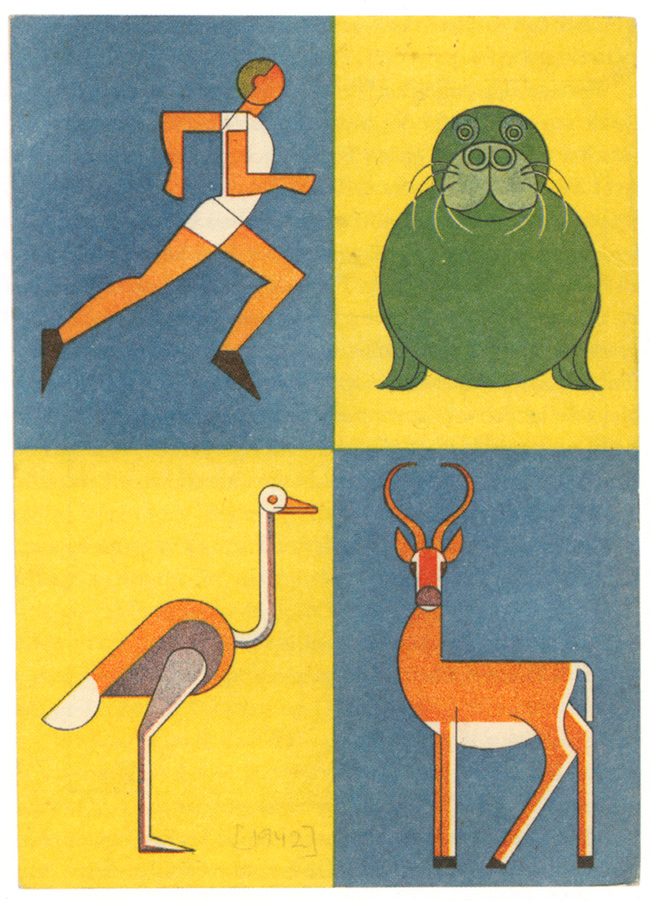 Hans Hauger, 1940s
Are Mokkelbost—whose incredible work I featured in 2009—tells me Norske Malebøker was designed by Yokoland (website / facebook), "an interesting group of designers/artists with many fine book releases." It was published in 2012 by Samlaget.
The illustrations here date from about 1920 to 1945.
Hans Hauger, 1940s
Are Mokkelbost—whose incredible work I featured in 2009—tells me Norske Malebøker was designed by Yokoland (website / facebook), "an interesting group of designers/artists with many fine book releases." It was published in 2012 by Samlaget.
The illustrations here date from about 1920 to 1945.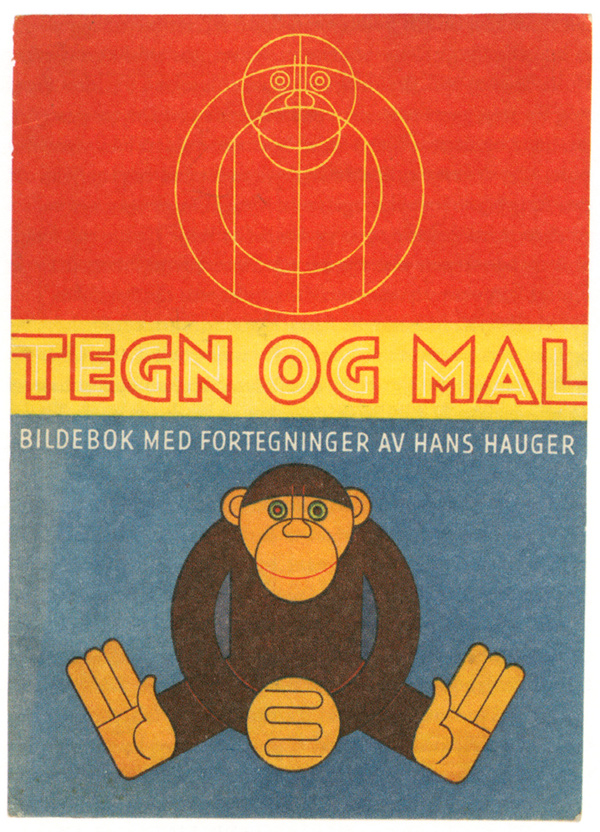 Hans Hauger, 1940s
Hans Hauger, 1940s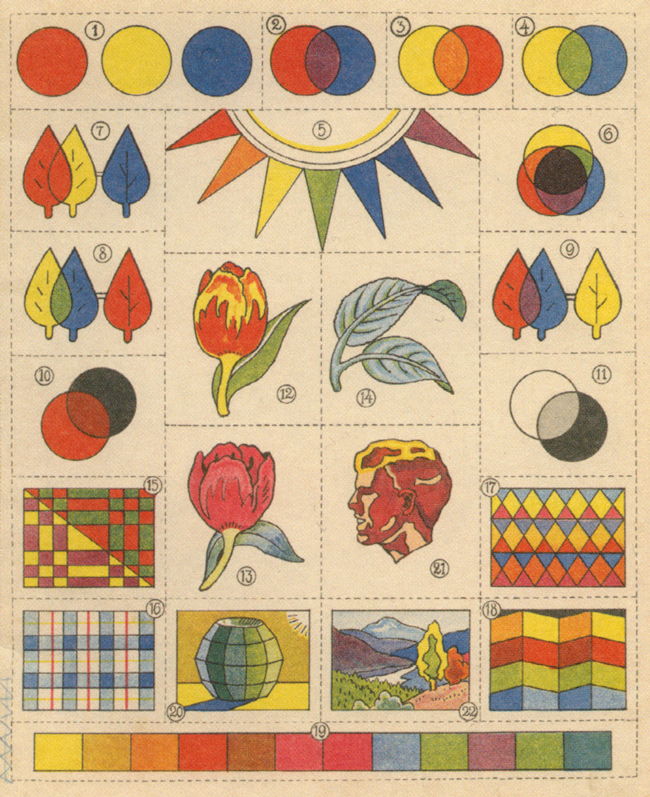 Paul Lillo-Stenberg, 1940s
Paul Lillo-Stenberg, 1940s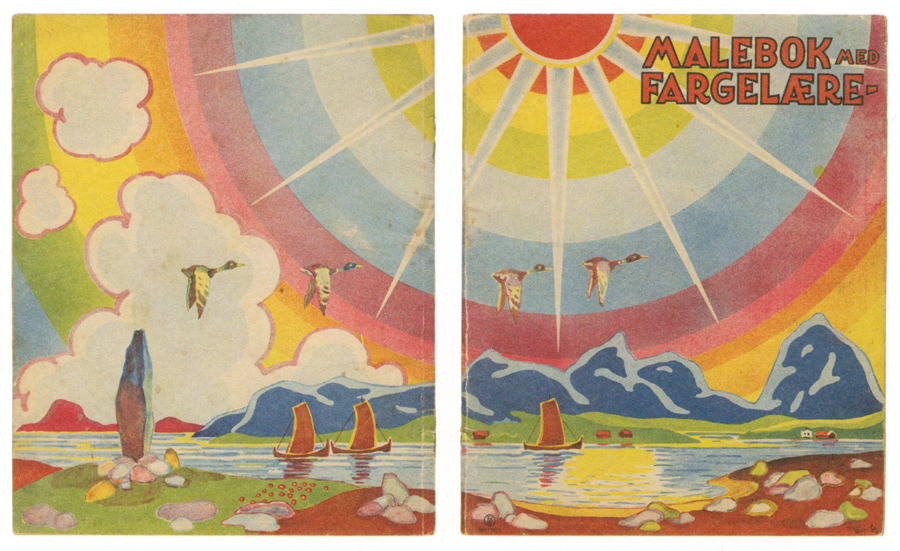 Paul Lillo-Stenberg, 1940s
Paul Lillo-Stenberg, 1940s Marie Walle and Eyvin Ovrum, 1921
Marie Walle and Eyvin Ovrum, 1921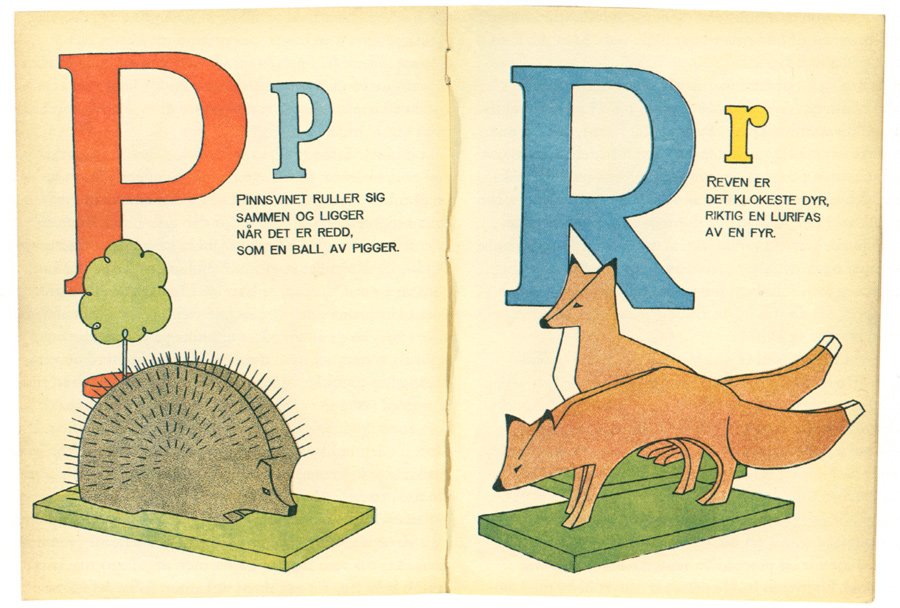 Marie Walle and Eyvin Ovrum, 1921
Marie Walle and Eyvin Ovrum, 1921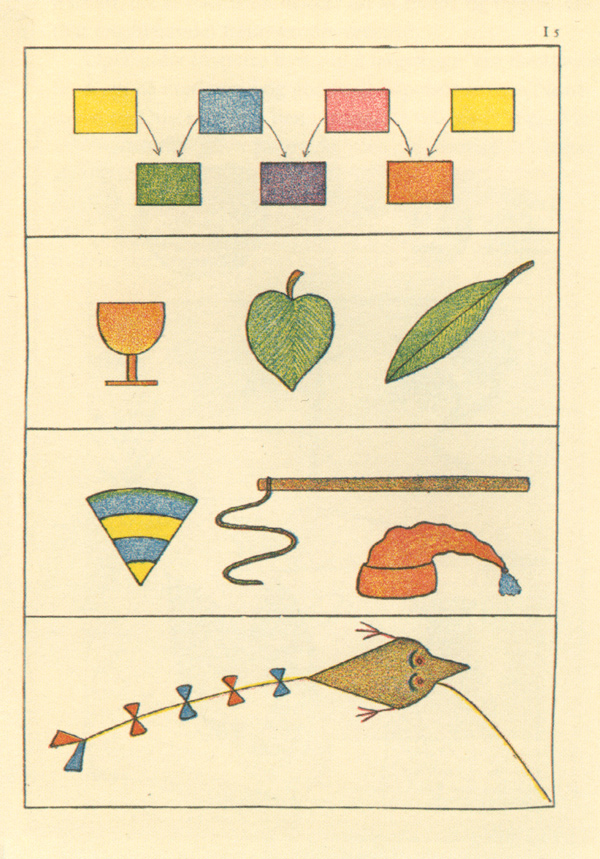 A. Tyrihjell, 1930s
A. Tyrihjell, 1930s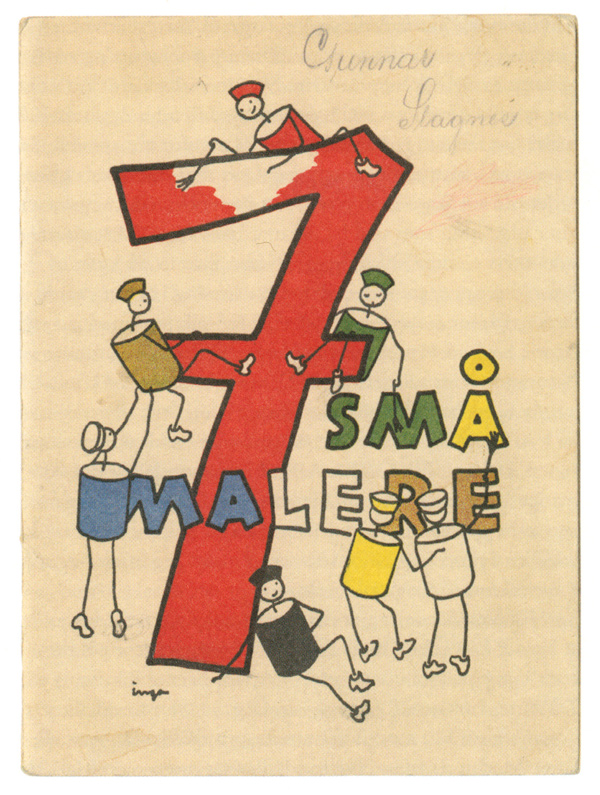 Inga Havig-Gjelseth, 1940s
Inga Havig-Gjelseth, 1940s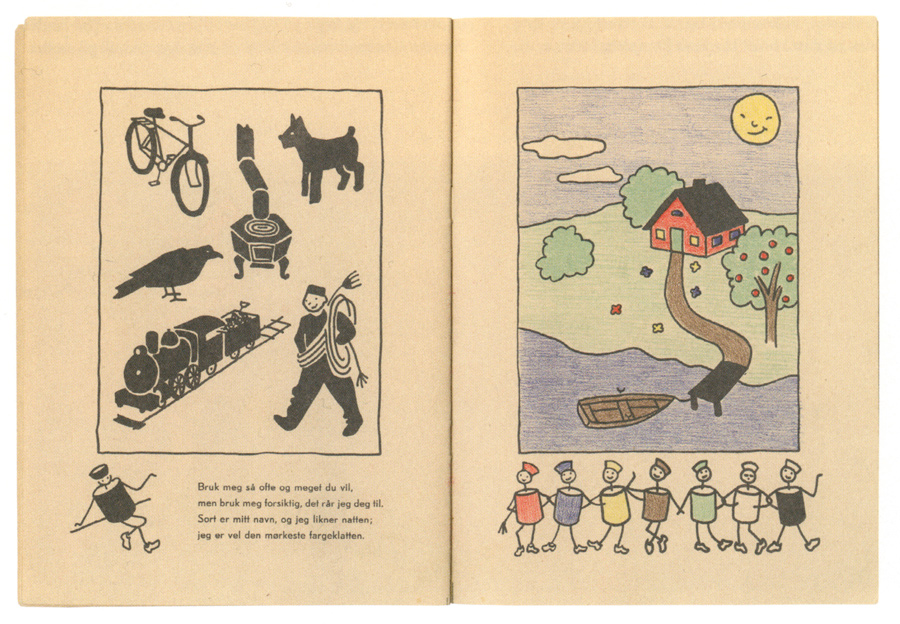 Inga Havig-Gjelseth, 1940s
Inga Havig-Gjelseth, 1940s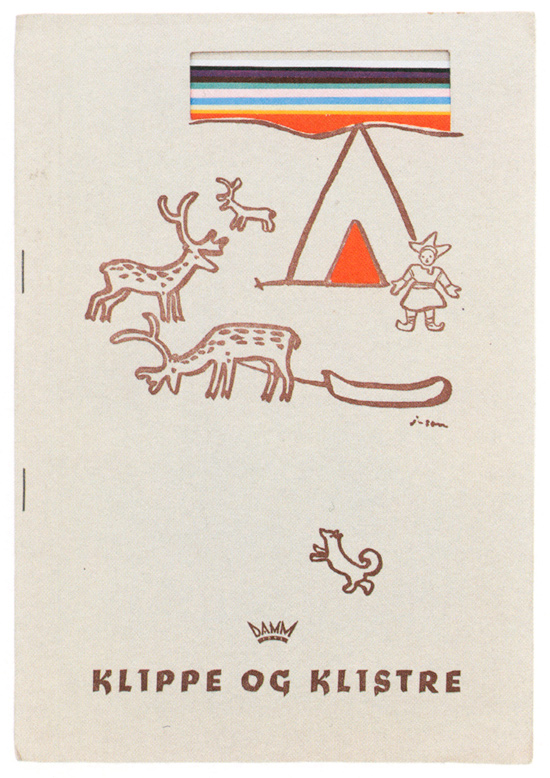 Arne Johnson, around 1940
Arne Johnson, around 1940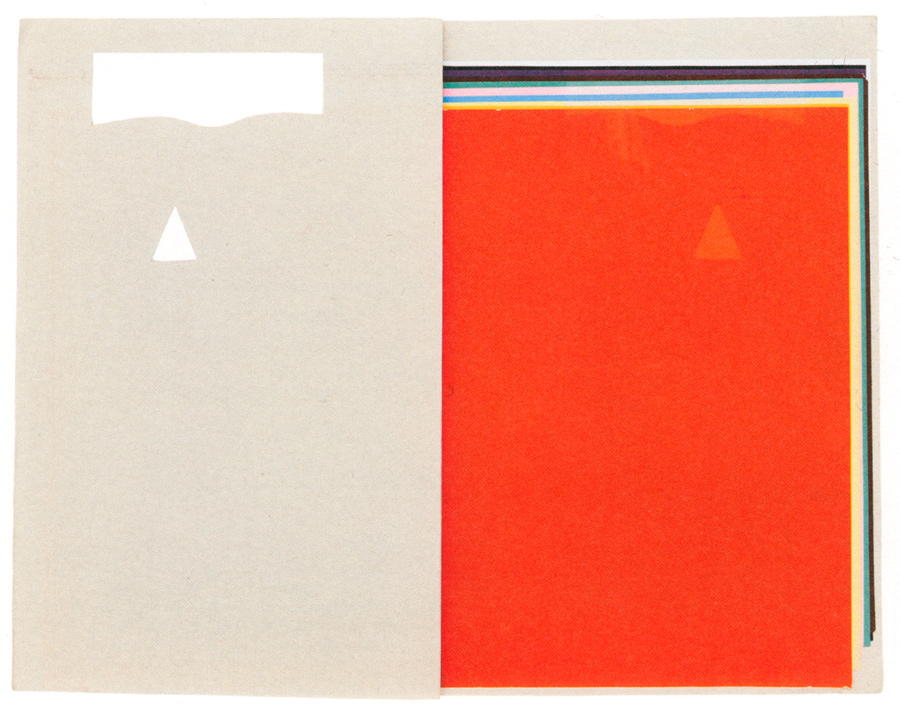 Arne Johnson, around 1940
Arne Johnson, around 1940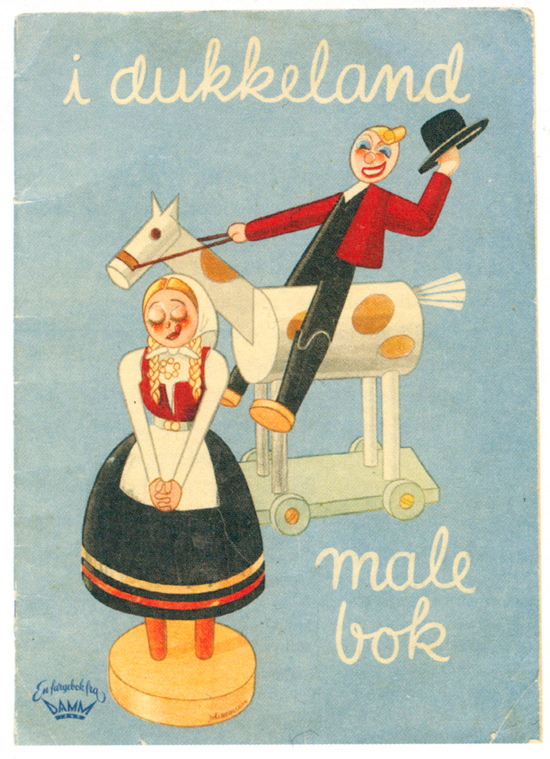
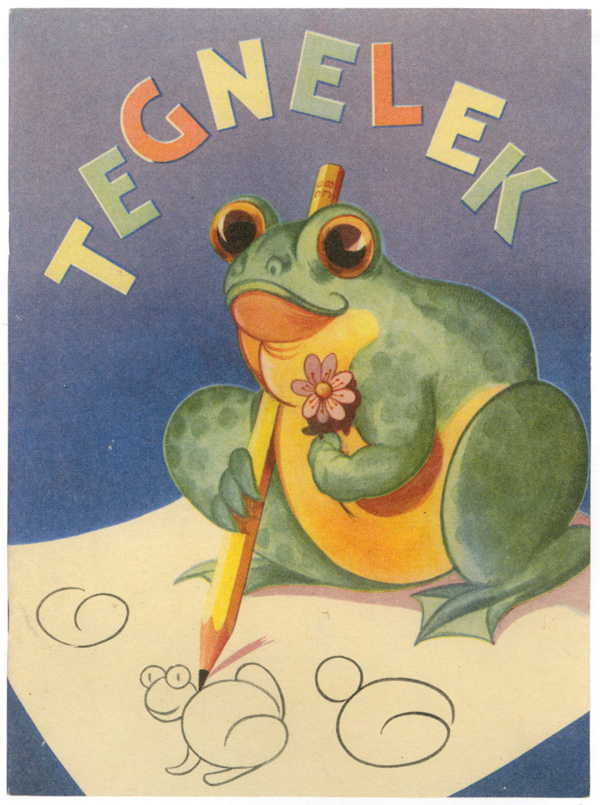 Johs. Berggren, ca. 1940
Johs. Berggren, ca. 1940 Elbjørg Øien Moum, 1930s
Elbjørg Øien Moum, 1930s
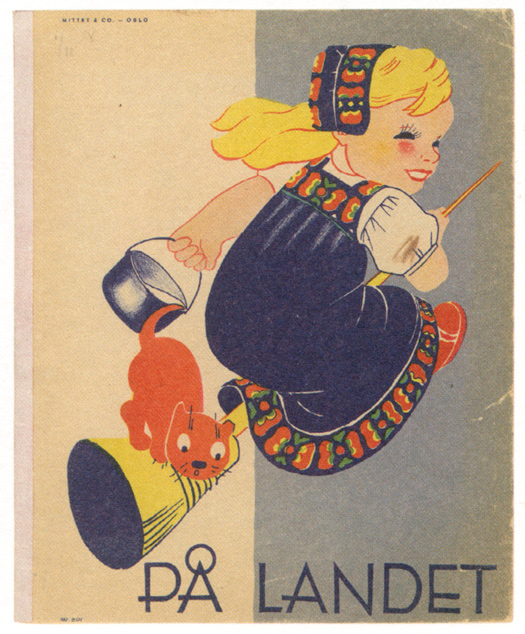 Elbjørg Øien Moum, 1930s
Elbjørg Øien Moum, 1930s
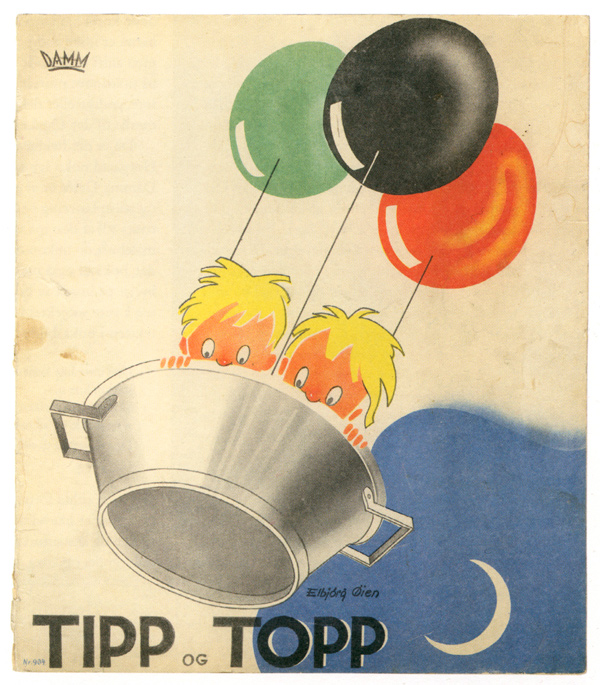 Elbjørg Øien Moum, 1930s
Elbjørg Øien Moum, 1930s
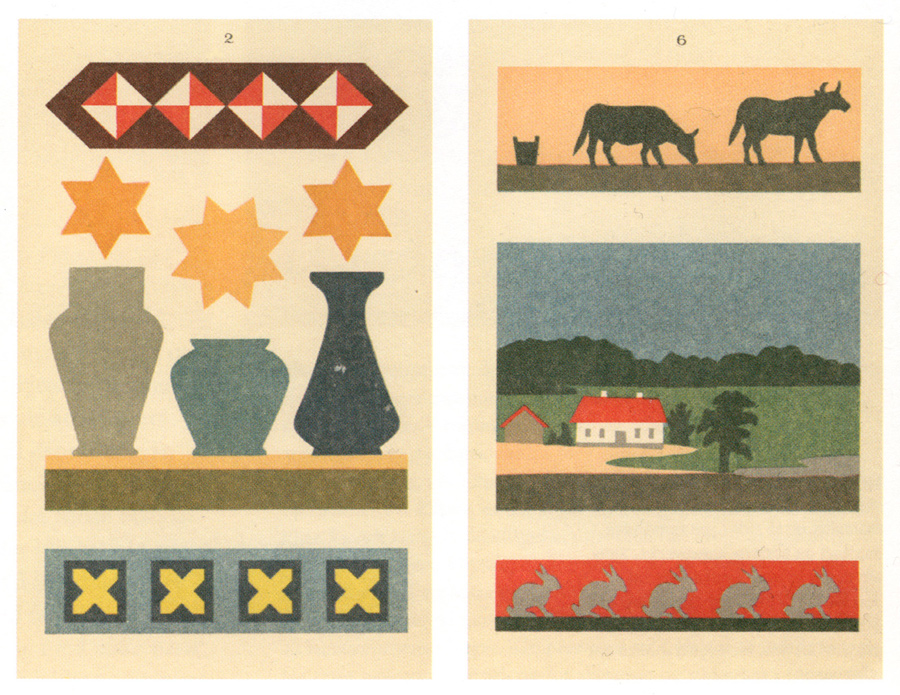 Augusta Sand, 1911
Augusta Sand, 1911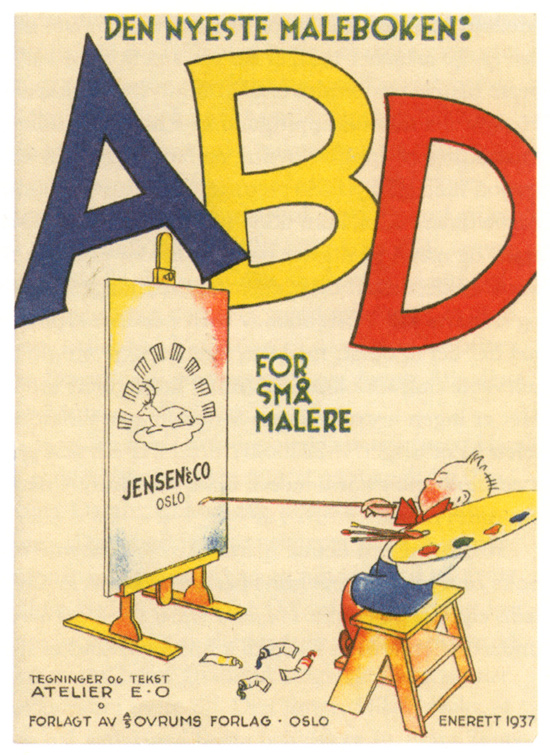 Eyvin Ovrum, 1937
Eyvin Ovrum, 1937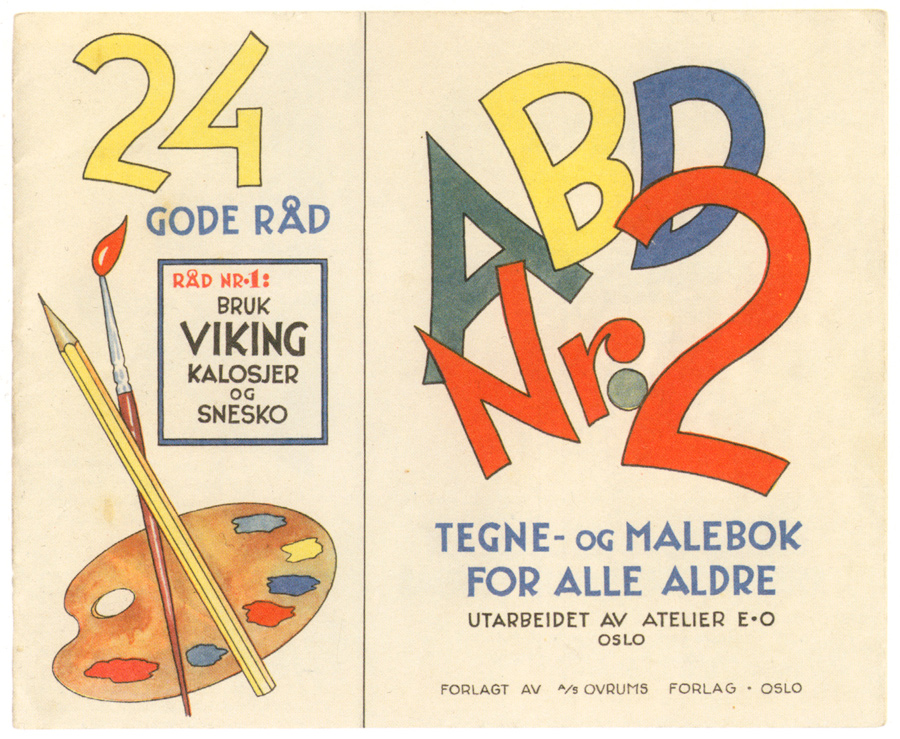 Eyvin Ovrum, 1938
Eyvin Ovrum, 1938 Thorbjørn Egner, 1940
Thorbjørn Egner, 1940
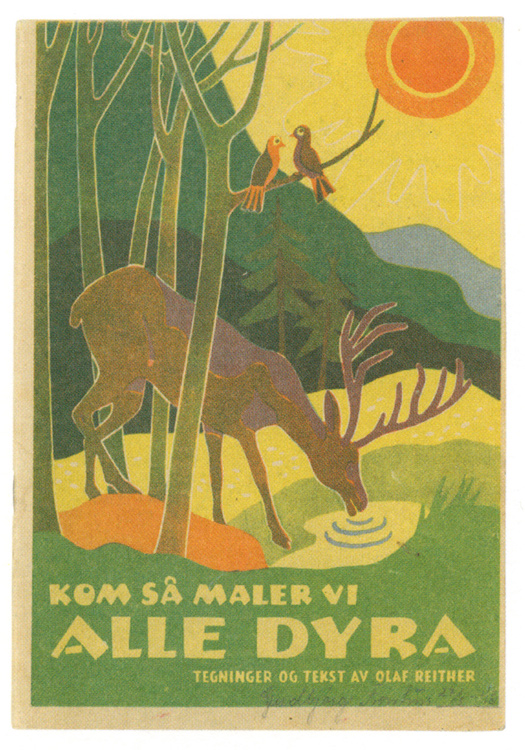 Olaf Reither, 1940s
Olaf Reither, 1940s ?
?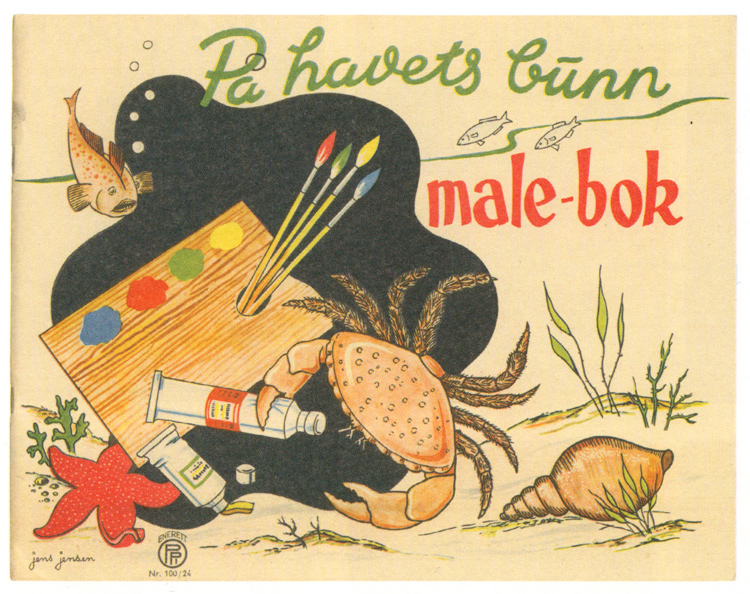 Jens Jensen
Jens Jensen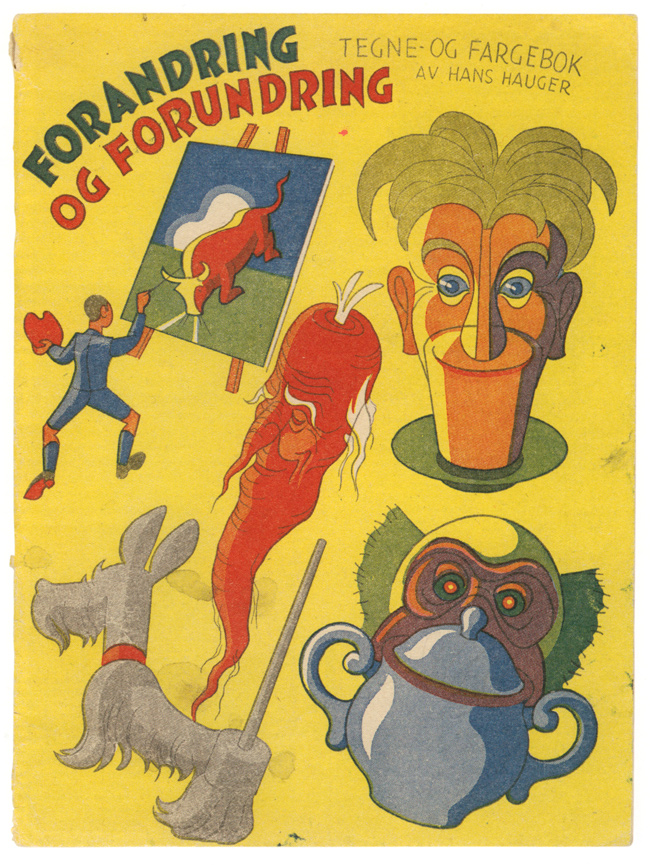 Hans Hauger, 1940s
Hans Hauger, 1940s ?
?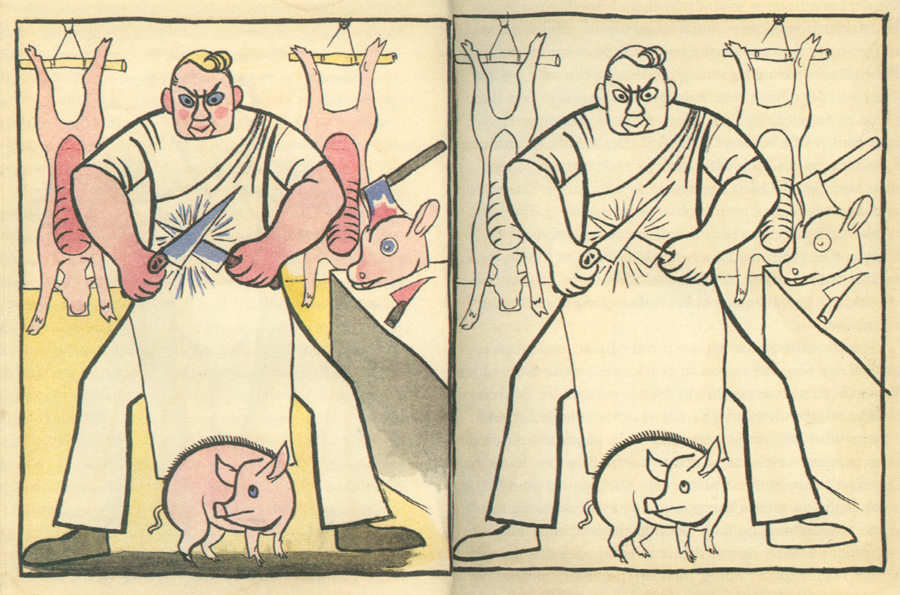 Per Krogh, 1921
Scariest coloring book ever?
Per Krogh, 1921
Scariest coloring book ever?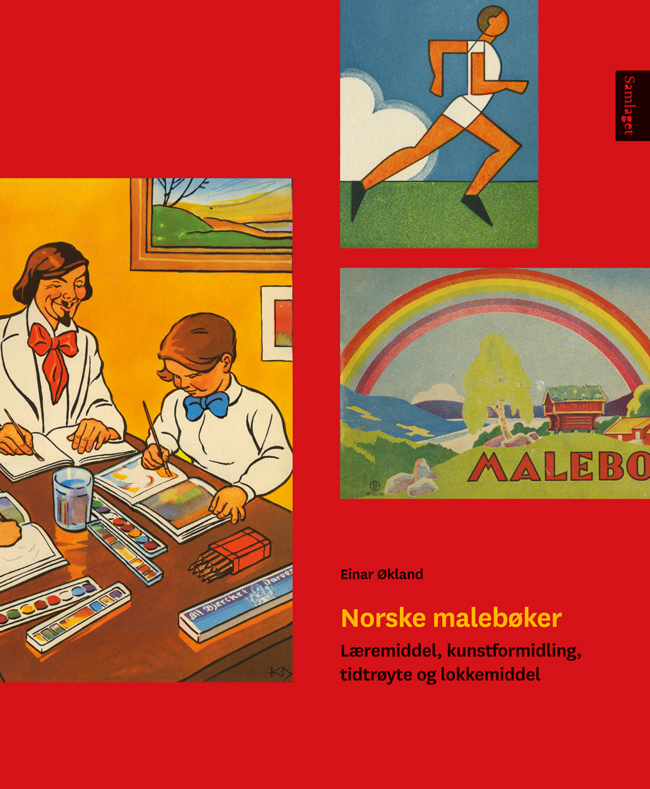 cover of Norske Malebøker by Einar Økland
Are says about "Mr. Goatee": On the cover you see the Alf Bjercke paint company's character, a kind of artist type with a moustache and pointy beard, and always a sly smile. He looks similar to Alf Bjercke himself, and is interesting as this character became a kind of mould when describing an archetypical artist or painter in advertisements. Yet, it is hard not to see the resemblance to the archetypical jew of the Nazi propaganda of the same time, which makes it all very peculiar to me. Especially since one of our dearest children's book authors, Thorbjørn Egner, cast another painter character in a similar look, Maler Klattiklatt (Painter Splat-in-splat), who went to "Negroland" in a story released during the Nazi siege of Norway. In 1945, when Norway was liberated, the same character was suddenly cast in another very political story where he escaped the Nazis to join the Resistance in the woods, taught them to paint, and came back to the city after the war and helped repaint Norway in jolly colors to celebrate the freedom (!). Egner rarely mentioned these books after the last book, even though they sold very well. One reason was that he felt colouring books were a poor way for a child to learn to draw. But I can't help speculate whether there are other reasons as well.
Previously: Mokkelbost's Entity
cover of Norske Malebøker by Einar Økland
Are says about "Mr. Goatee": On the cover you see the Alf Bjercke paint company's character, a kind of artist type with a moustache and pointy beard, and always a sly smile. He looks similar to Alf Bjercke himself, and is interesting as this character became a kind of mould when describing an archetypical artist or painter in advertisements. Yet, it is hard not to see the resemblance to the archetypical jew of the Nazi propaganda of the same time, which makes it all very peculiar to me. Especially since one of our dearest children's book authors, Thorbjørn Egner, cast another painter character in a similar look, Maler Klattiklatt (Painter Splat-in-splat), who went to "Negroland" in a story released during the Nazi siege of Norway. In 1945, when Norway was liberated, the same character was suddenly cast in another very political story where he escaped the Nazis to join the Resistance in the woods, taught them to paint, and came back to the city after the war and helped repaint Norway in jolly colors to celebrate the freedom (!). Egner rarely mentioned these books after the last book, even though they sold very well. One reason was that he felt colouring books were a poor way for a child to learn to draw. But I can't help speculate whether there are other reasons as well.
Previously: Mokkelbost's Entity